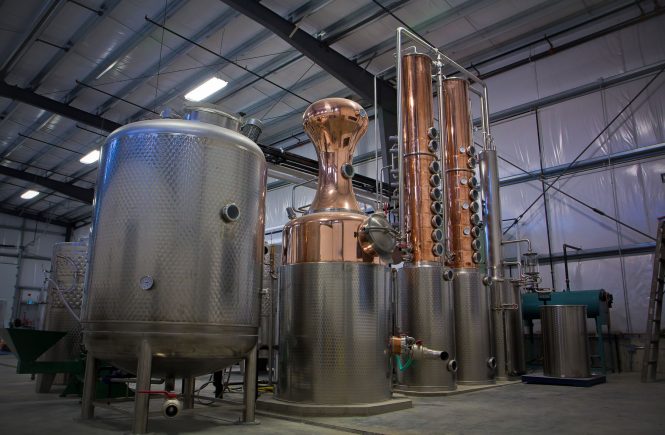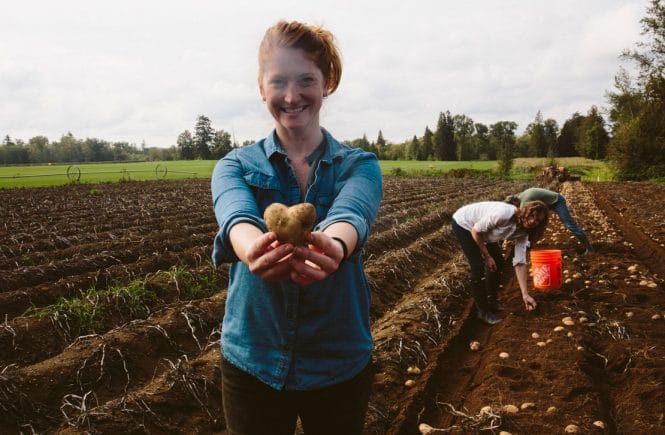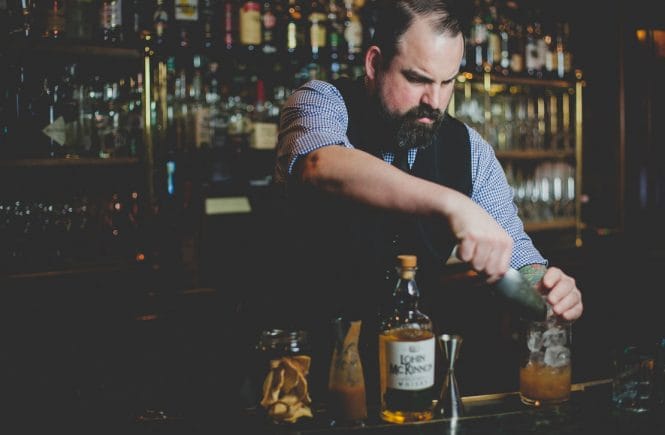The name may sound dated, but the Old Fashioned remains a classic for a reason. The Alchemist asked Sabrine Dhaliwal, Bar Manager at Uva, to let us in on its secrets.
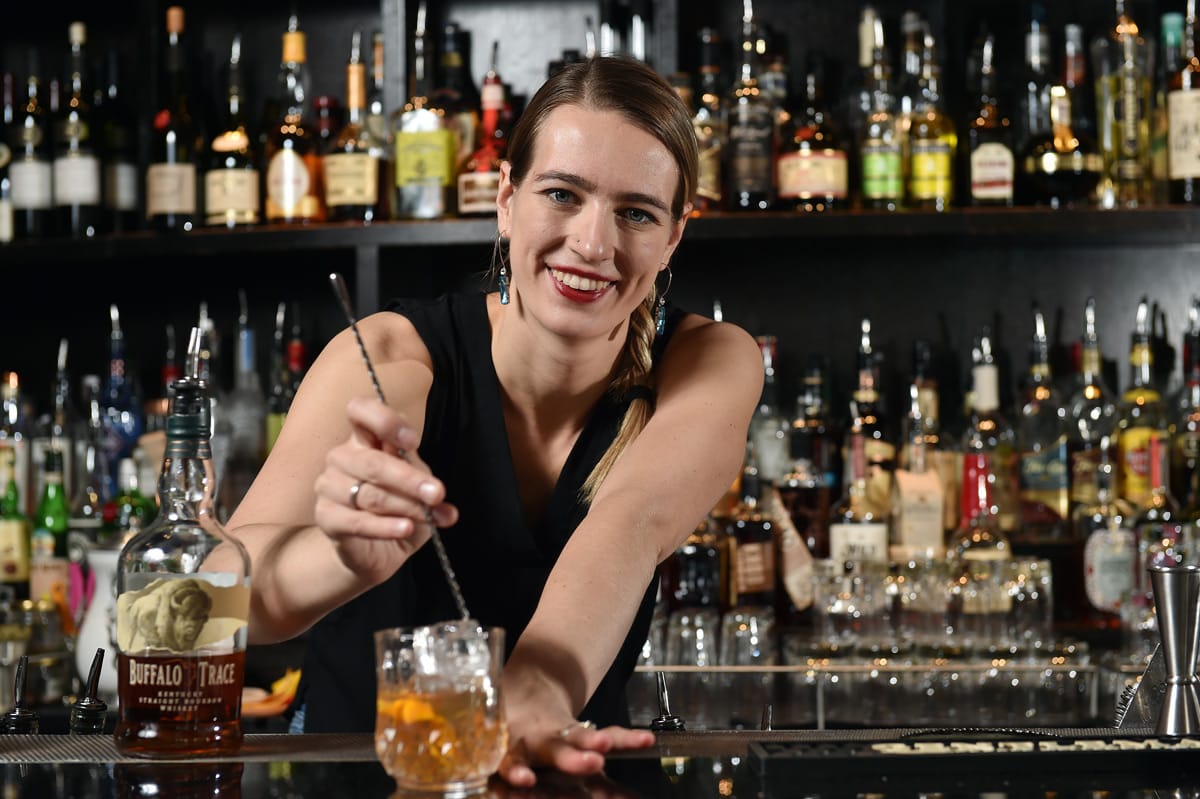
The Old Fashioned is amazing — simple and complex at the same time. On paper it is minimal — spirit, bitters, sugar and water (via the dilution of ice) — but what is critical for an Old Fashioned is getting that balance right. You get the balance right, you have a beautiful cocktail, but if you don’t, there’s nowhere to hide. The fewer the ingredients in a cocktail, the more skill needed to make it.
First, taste your spirit before you start. After a while you get used to what a spirit tastes like, but if you’re using Bulleit or Buffalo Trace bourbon to make your Old Fashioned, and then someone asks for one using a Rittenhouse Rye, the balance shifts because they have very different taste profiles and alcohol percentages — you need to understand how much dilution you need, how much bitters. The cookie-cutter recipe won’t help you to really make your Old Fashioned stand out; to complement it successfully, you need to really understand the whisky at your base.
I am a bit of a purist when it comes to deviating from the base recipe: if you’re going to call it an Old Fashioned, it should be an Old Fashioned.
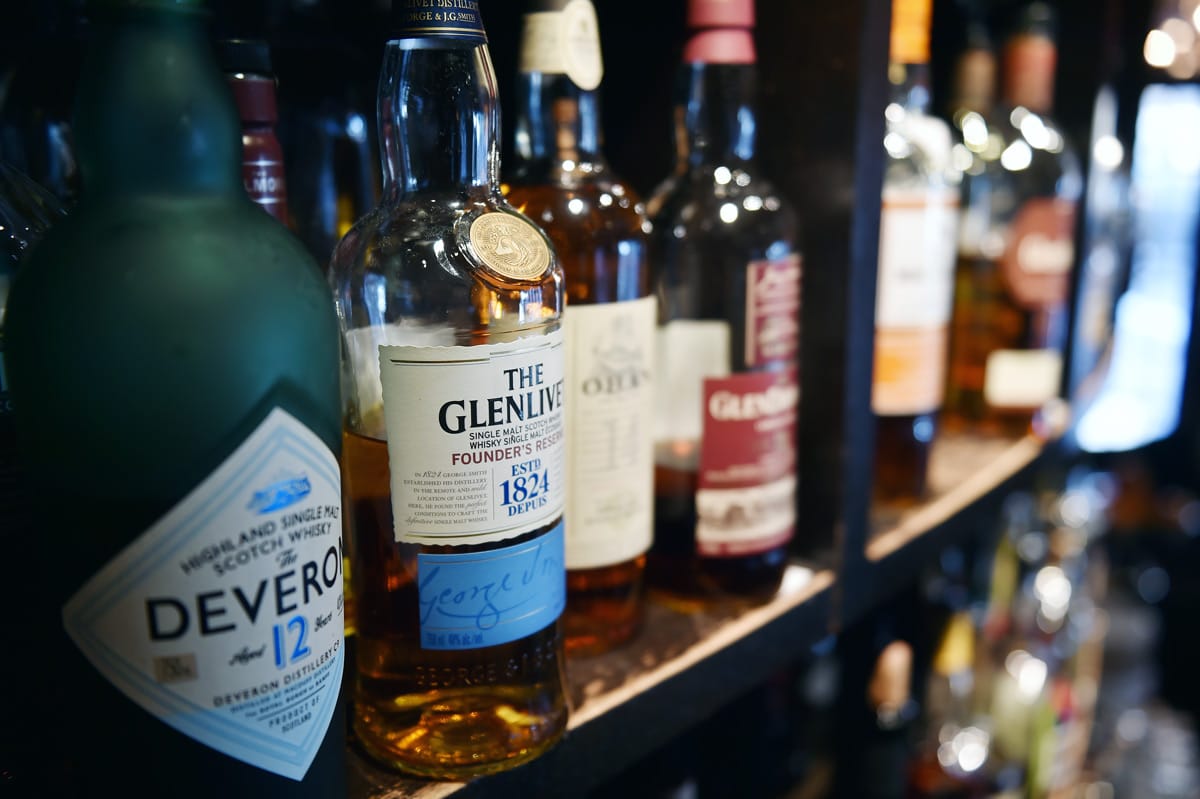
If the drinker doesn’t specify a whisky, I would ask questions. Would you like your Old Fashioned to be a little bit spicier, or more round and smooth? If they say spicier, I’ll use a whisky with a higher rye content, or I might go with a straight rye Old Fashioned. If they want something a little richer and rounder, I’ll pick something with a higher corn content, or maybe even a peated whisky, just to give it that lusciousness.
Everyone has their little touches and tweaks that make their Old Fashioned slightly different, but given that Uva is high volume, we cheat a little bit and use simple syrup instead of sugar to speed things up. I free pour how much sugar I use based on the whisky I’m making the cocktail with — somewhere between 0.1 to 0.25 of an ounce — then at least two dashes of bitters. We use Kensington Aromatic bitters from Bittered Sling, which are very dry compared to the clove and vanilla-heavy Angostura. The Kensington bitters are just lovely — they have a lot more orris root and cinnamon — and then we add the whisky and the ice and then stir for probably around 10 to 15 seconds, depending on the spirit.
We use the larger cube ice: I make Old Fashioneds anywhere and everywhere, and how long I stir my cocktail is dependent on the size of the ice. The bigger the ice, the more lenient you can be with your time; the smaller the cubes, the quicker it melts, and the faster you want to get the ice out.
I am a bit of a purist when it comes to deviating from the base recipe: if you’re going to call it an Old Fashioned, it should be an Old Fashioned. To me, the Old Fashioned is a very specific drink — like a Martini, the drink has a very particular profile that I expect to find in my glass. But, if you’re going to call it a re-fashioned or a Saskatoon Old Fashioned… If you’re going to give it a different name, absolutely, go for it, and I will try it.
—As told to Fiona Morrow.


